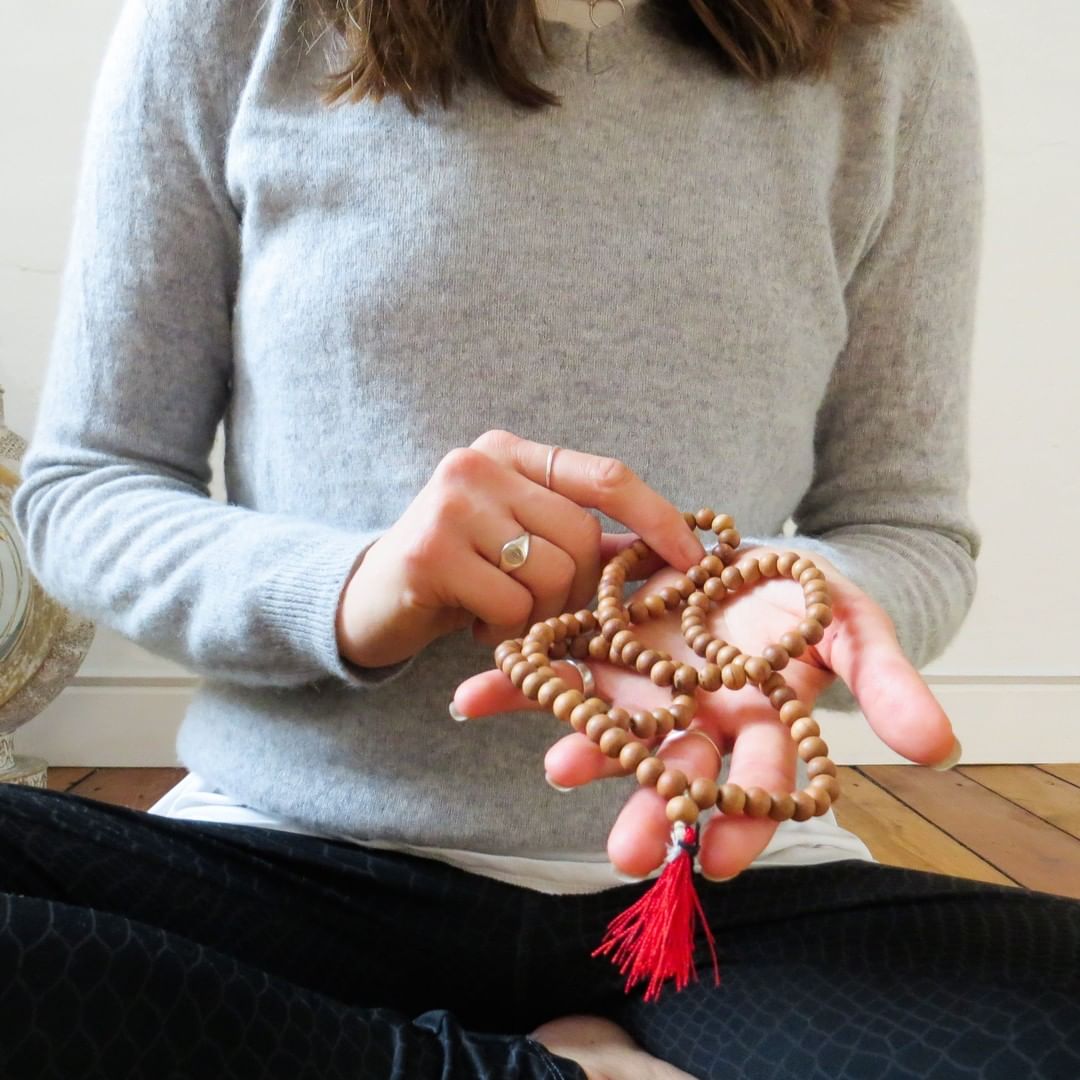
Somatic therapy exercises were mainly designed to allow people to release their body’s trapped trauma and present awareness within their body by helping with their physical sensations. During somatic therapy, your mind and body will work properly to safely release suppressed energy to overpower your trigger and posttraumatic stress disorder (PTSD).
Somatic therapies typically involve understanding how to identify your body sensations, access your resilience and inner strength, and then revisit trauma. The ultimate purpose is to know relaxation and breathing techniques to support the process and then release the trauma. So, let’s dig deeper to know more about Somatic therapy exercises in this article below.
What Are Somatic Therapies For Healing?

Somatic is a noun that derives from the “soma”, a Greek word, which means “body.” The term “somatic therapies for healing” refers especially to bottom-up therapies that lie under the umbrella of mind-body therapies.
The area of somatic behavioral science, which is concerned with the lived experience of being immersed and recognizes this experience as the foundation of how you can relate to and exist in the world, is applied in somatic healing treatments, which are also known as body-mind therapies.
Body-mind therapies access and alter thoughts, feelings, and behaviors by utilizing therapeutic techniques that operate with the body. These interventions draw on the inner resources of each client and the body’s wisdom.
What Are Somatic Therapy Exercises?

Somatics is a body-oriented method that is used to understand discomfort, imbalances, and pain in your body. The concept of somatic exercises was introduced in 1970 for the first time by Thomas Hanna, who represented the somatic practice as relaxation and movement techniques to help you increase your bodily awareness.
Then Peter Levine went further to create a kind of therapy named “somatic experiencing” that helps people to manage stress and trauma-related disorders and also helps in reducing pain such as neck pain, back pain, and so many more.
Somatic therapy exercises are also known as somatic experiencing therapies. This therapy uses body-mind approaches to address the psychological and physical symptoms of your mental health condition. As per a randomized controlled outcome study, Somatic experiencing therapy is typically used to treat stress and trauma, but it can also be utilized to help people suffering from depression, anxiety, grief, intimacy issues, trust issues, and anger.
Practicing somatic trauma therapy exercises delivers a wide range of physical and mental health benefits. Somatic exercises are suited for people of various ages, talents, and fitness levels because they aren’t physically taxing. They can be performed anytime, anywhere, and don’t require any special equipment. Some basic benefits of brief somatic experience exercises include the following:
- Stress relief
- Pain relief
- Better posture & alignment
- Increased emotional awareness
- Better balance
Types of Somatic Therapy Exercises
Different forms of movement are used in somatic therapy to assist patients in becoming more aware of their bodies, letting go of trauma, and coping with their symptoms of mental illness. Breathing exercises, dance, mindfulness, talk therapy, and other body movement techniques are examples of somatic exercises. Here are a few illustrations of various somatic exercises.
Yoga
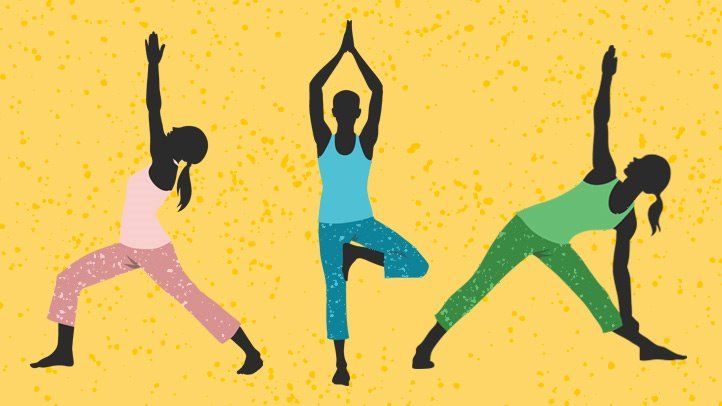
Are you looking for somatic therapy exercises to release trauma and relax your bodily sensations? If yes, then yoga is a good fit. There are different types of yoga practices, but most types incorporate a wide range of deep breathing, relaxation techniques, and physical postures to help enhance overall well-being. A few most common yoga types today include kundalini, Vinyasa, and hatha yoga.
Eye Movement Desensitization & Reprocessing or EMDR

Eye Movement Desensitization and reprocessing utilize eye movement techniques, like back-and-forth eye movements, to trigger emotional memories. Such therapies are especially useful in case your anxiety is connected to trauma, for example, post-traumatic stress disorder.
Somatic Exercises for Traumatic Memories
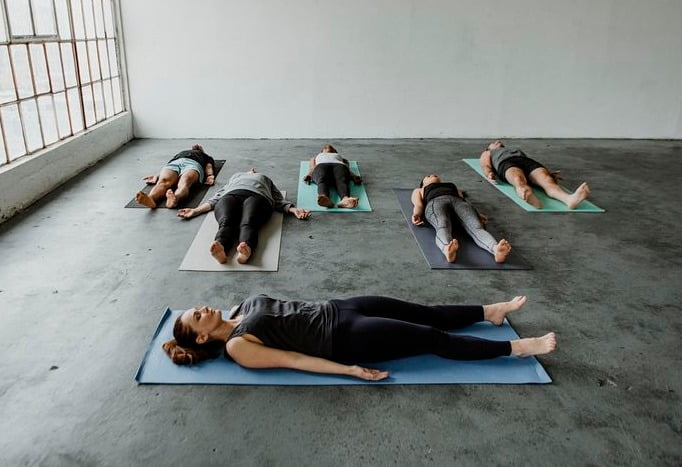
These activities are meant to aid people in processing unresolved emotional issues that have been stored in their bodies as a result of going through traumatic experiences. Techniques like pendulation, which alternates between states of stress and calmness, can be especially potent. Somatic yoga and progressive muscle relaxation are additional activities.
Somatic Exercises for Anxiety

By encouraging relaxation and creating a closer relationship with one’s body, somatic therapy exercises for stress are intended to assist in managing and reducing anxiety symptoms. Deep breathing, grounding exercises, and mindfulness exercises are frequently used in these activities. Grounding, diaphragmatic breathing, and scanning the body are a few examples.
Somatic Exercises for Stress

Somatic therapy exercises for stress concentrate on triggering the body’s relaxation response and minimizing the appearance of stress-related symptoms. Particularly useful techniques include body scanning, grounding, and diaphragmatic breathing.
Somatic Exercises for Weight Loss

Somatic exercises can help with weight loss by increasing body awareness, promoting movement efficiency, and lowering stress, even if they may not cause weight loss on their own. Somatic yoga, soft movement patterns, and walking meditation are among the examples.
Somatic Exercises for Anger

Like all other emotions, anger does not just originate in the brain. It happens inside the body as well. Somatic therapy exercises for anger management are intended to improve communication with the portions of the body that may hold memories of anger and to aid in managing and expressing anger healthily.
These exercises frequently include relaxing the body and honing conscious awareness of internal bodily sensations. The Shaking Out Tension, Progressive Muscle Relaxation, and Voo Breath are a few examples.
Somatic Exercises for Hips
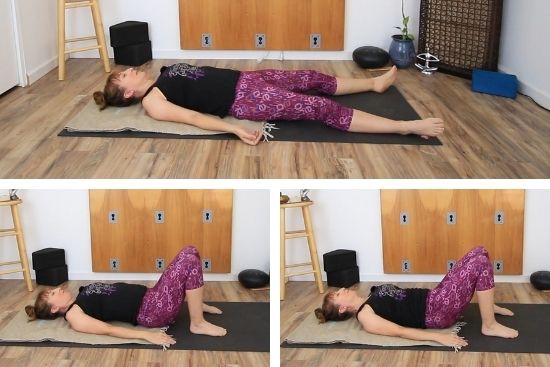
Hip somatic exercises are designed to increase hip mobility and ease any tension or pain in the hip region. Snail’s Pace Stretching, Comfortable Movements like soft hip circles, and particular Somatic Yoga positions for the hips are a few examples.
Is Somatic Experiencing Evidence-Based?

Somatic Experiencing SE® has been established through empirical research to be a successful trauma therapy. RCTs (randomized controlled trials), which are frequently used to evaluate the efficacy of treatments before making them available to larger populations, are generally regarded as the highest-quality form of research. There aren’t many RCTs that have been properly documented for SE®.
Studies on SE® have been conducted with trauma survivors, trauma victims, and professionals undergoing SE® practitioner training. Changaris, Winblad, and Stein (2018) monitored professionals in training over three years as part of a longitudinal study.
Results revealed significant reductions in somatization and symptoms of anxiety as well as significant gains in relational and physical wellness. These findings imply that SE® training can increase practitioners’ resilience and hold promise for other professionals who face a high risk of exposure to vicarious trauma.
Somatic Therapeutic Techniques for Your Practice
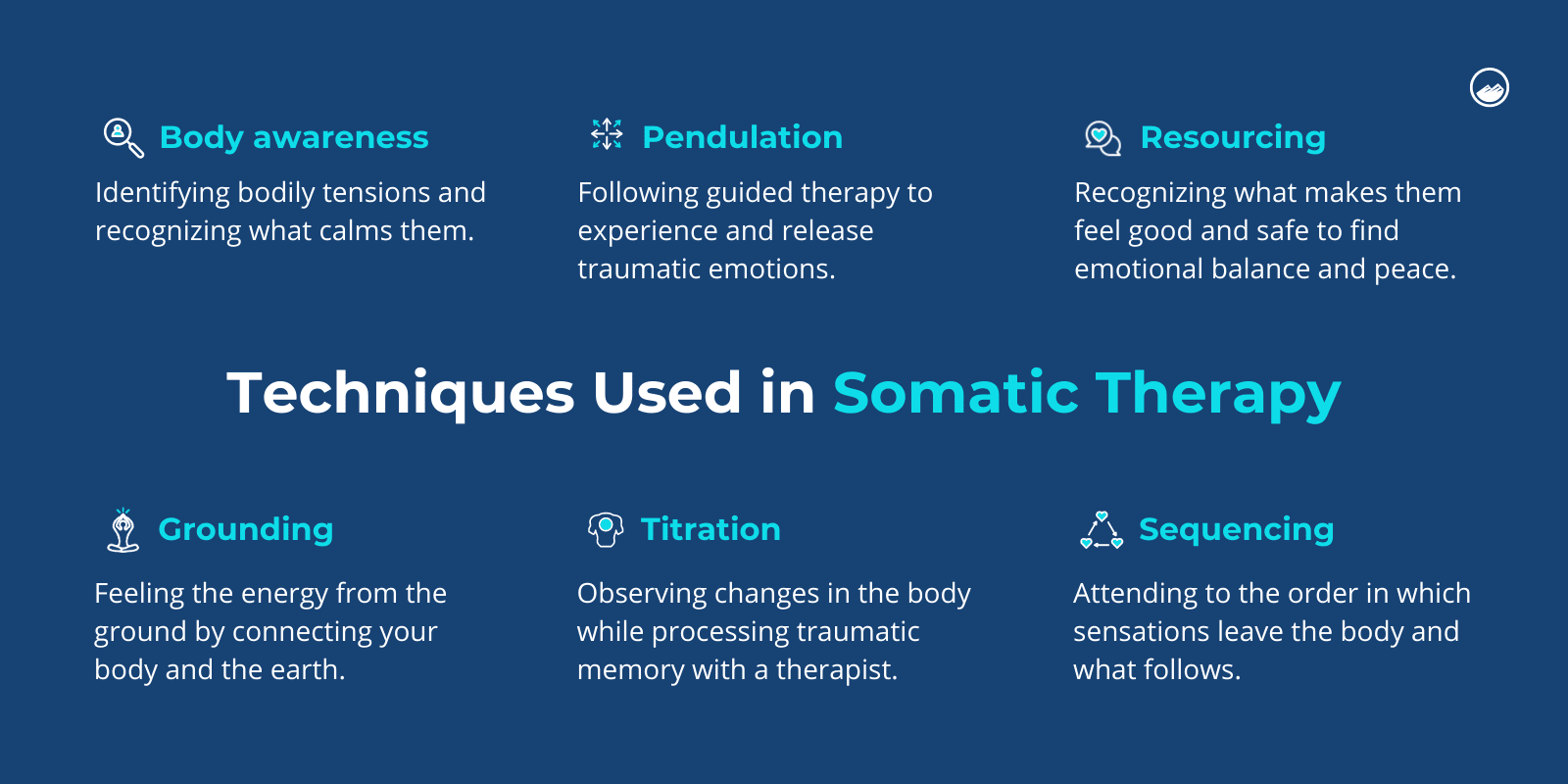
Clients who use somatic experience techniques can rediscover their body as the place where their feelings and sensations are contained, allowing them to feel safe and secure.
These methods aid in the release of engagement from the fight-flight-or-freeze response, assist clients in describing and tracking their bodily sensations and feelings, and help them feel more grounded and centered in their bodies.
Trained somatic therapy experience therapists keep an eye on clients’ behaviors and sensations to control their reactions and avoid deliberately emphasizing self-soothing behaviors to the point of overpowering the nervous system.
The following Somatic techniques can allow people to understand how to help themselves and relax the nervous system by simply drawing upon their resources. Here are the techniques…
Self-Soothing Touch:
Trauma typically erodes boundaries, therefore it’s crucial to use the body to restore them. Touch has the power to soothe and instill containment.
Noticing Physical Comfort:
It might be comforting to experience physical support and your bodily limits in a safe environment.
Evoking Kindness:
It might be comforting to experience physical support and your bodily limits in a safe environment.
Soothing Breath:
Both breathing and physical contact can calm the body as well as the psyche. The sympathetic nervous system can be activated through slow, deep breathing, promoting a sense of peace and relaxation.
Voo Sound:
Your voice can be used to create vibrations and noises that can both calm the body and help you release tension.
Grounding & Centering:
Individuals frequently lose their sense of balance and their sense of foundation. Feelings of security and inner sturdiness might emerge with proper grounding.
Shake It Off:
Animals frequently shake themselves to expel the extra energy created during a stressful situation. Your body can calm down by connecting with the shaking sensation brought on by a stressful situation.
Recalling Being Yourself:
Gaining a stronger sense of self-awareness and self-confidence might come from returning to oneself.
Benefits Of Somatic Experiencing (SE):
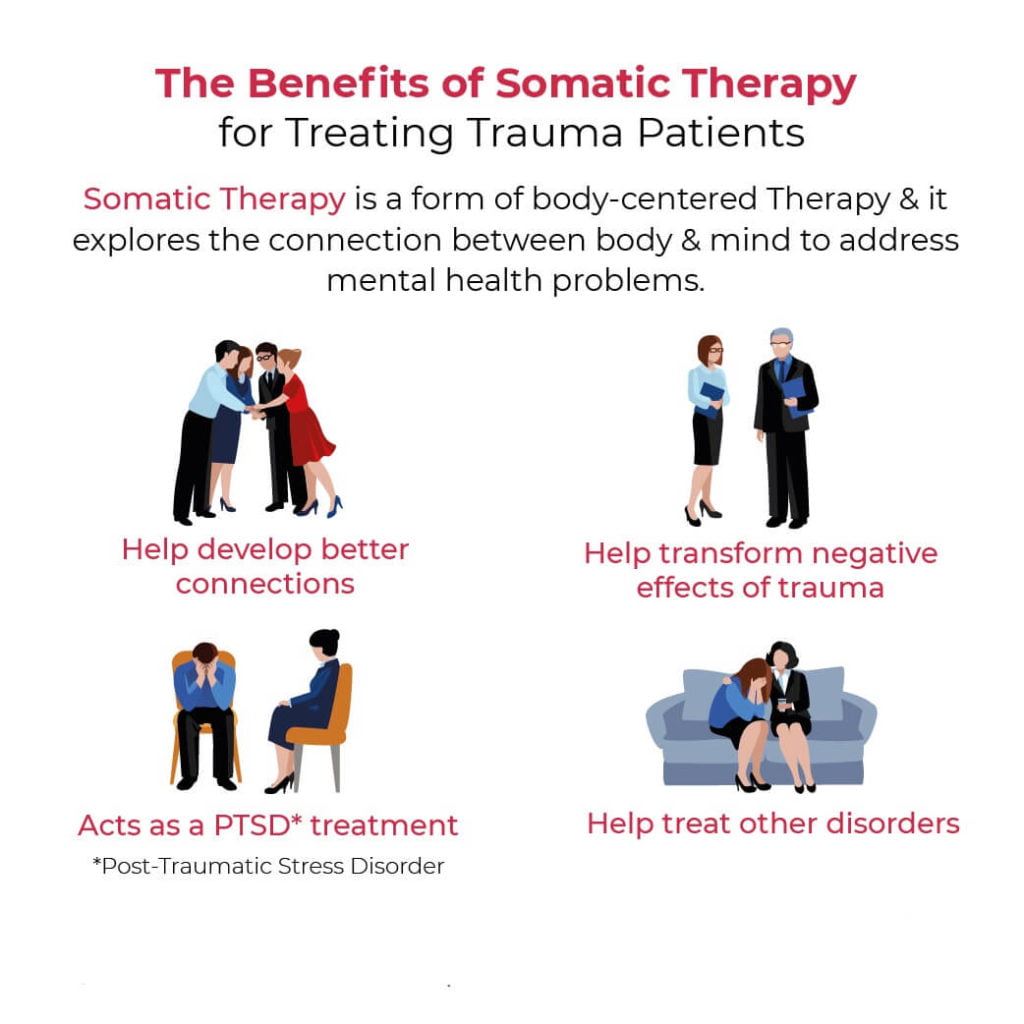
The benefits of somatic exercises are real. They support the development of a deeper connection and awareness of one’s body, resulting in total wellness. This is how:
Improve Your Mind-Body Harmony:
The purpose of somatic exercises is to improve your psychological understanding of your body and how it works. Their emphasis on the body urges you to connect with the sensations in your body rather than your mind and thinking.
You can start to comprehend how various bodily parts interact and work together, as well as how thoughts and feelings affect your physical body—or specific sections of it—by concentrating on calm, thoughtful movements.
By forcing you to confront the emotions and sensations that are stored in certain bodily areas, this increased awareness enhances your emotional and mental health.
Stress Relief And Relaxation:
One of the biggest causes of stress is our busy minds and ongoing overthinking. Sometimes we need to leave our minds and enter our bodies to stop our erratic thought processes, and here is where physical exercises can make a big difference.
They settle the body down and entail slow, deliberate movements that can ease stiff muscles and enhance sleep.
Additionally, the concentration needed to do these exercises gives your mind a reprieve from pressures, allowing it to relax and concentrate.
Enhanced Bodily Well-being:
Balance, strength, and flexibility can all be improved with consistent somatic exercise practice. Proper balance and simpler movement are the results of the motions’ ability to stretch tight muscles and improve weak ones. This may eventually lower your risk of accidents and improve your physical fitness.
Emotional Release:
A recent trauma study demonstrates that we store unpleasant memories and feelings in specific physical areas in addition to experiencing them in our heads. Somatic exercises are helpful in this way. They enable you to access areas of emotional stress in your body and let go of suppressed feelings.
When emotions are felt physically, they can be controlled by moving, shaking, or focusing on a specific portion of the body. This can be especially beneficial in enhancing one’s capacity to control emotions, which promotes better resilience and emotional health.
Mindful Living:
Last but not least, performing somatic exercises promotes a life that is lived more mindfully. You become aware that you are more than just your self-talk when you learn to connect with your body. By promoting a greater understanding of oneself, the emphasis on internal awareness encourages a more focused and deliberate attitude to daily activities. This may improve your standard of life and advance general health.
BOTTOM LINE:
Contact a specialist to begin or continue your recovery process if you’re considering somatic therapy exercises or any other type of mental health care. Your therapist can help you get the most out of somatic exercises since they are specially educated to tailor treatment to your particular emotions, trauma, and pain sites.
The goal of somatic exercises is to assist individuals in managing their mental health issues through a multifaceted approach to care that includes somatic experiences. Therapists contend that by comprehending the relationship between your mind and body, you will be better able to decide how to enhance your mental wellness.
Professional therapists are dedicated to developing an unmatched, multifaceted method of treating teenagers and their families.
FAQ:

Q. What are the somatic techniques for grounding?
A. Exercises to ground oneself in the present moment are beneficial. They work well for persons who are dealing with anxiety, flashbacks, or other symptoms associated with trauma. Here are some basic grounding methods:
Run water over your hands:- Pay close attention to how your palms, fingertips, and hand-backs feel while you do this. Start with chilly water and after 1-2 minutes, move to warm water. Think about how your feelings alter when you move from cold to warm water.
Move your body:- Your body should be moved in a manner that feels natural and comfortable to you in this situation. Dancing, stretching, or even leaping up and down could be involved. Consider how each part of the human body feels as you move, beginning with the tips of your feet and then up to your head.
Take a walk:- This can involve a stroll around the neighborhood or even your home. Concentrating on your steps is the key. Consider your walking style and what it’s like to put one foot ahead of the other.
Q. Is somatic therapy good for trauma?
A. Somatic psychology, a body-focused school of psychology, serves as the foundation for somatic treatment. Somatic treatments function by addressing the constant feedback loop between the body and mind that is constantly present.
As opposed to traditional psychotherapy (talk therapy), somatic therapy is different. In typical psychotherapy, the therapist only works with the patient’s thoughts. The body is the starting place for healing in somatic therapy.
Somatic therapy practitioners think that an individual’s unpleasant emotions, such as those felt during a traumatic incident, might remain trapped inside the body.
Q. What are somatic exercises for trauma?
A. Here are some effective somatic exercises for traumatic events:
Body scans:
Body scans help you become more conscious of what is going on with your body and where you could be experiencing stress or pain. Consider how each area of your body feels while settling into a comfortable posture (this could be standing, sitting, or lying down). Take as much time as necessary to begin at the bottom and work your way up.
Deep Breathing exercises:
Understanding your body, especially how to control your breathing, is a key component of somatic therapy. Deep breathing focuses on increasing sensory awareness of the belly and chest as you inhale and to the throat, shoulders, diaphragm, and jaw as you exhale.
Here is a basic at-home breathwork awareness exercise:
Sit down in a comfortable posture, close your eyes, and pay attention to how your body moves as you breathe. You might detect this breath in your stomach, chest, or nostrils. Make a mental note of how your body feels as you experience the breath moving through it.
More Recommended Articles:-


